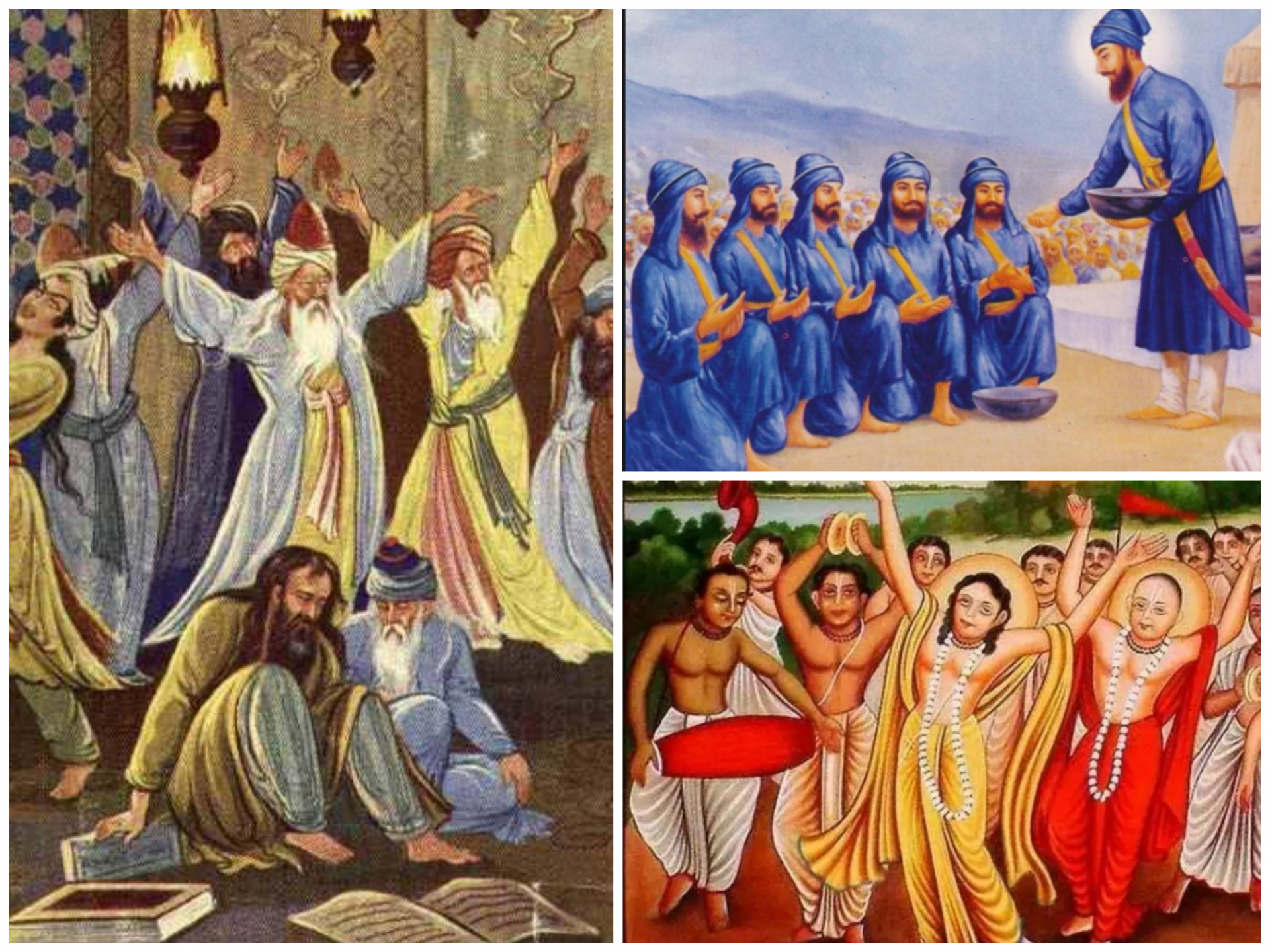Bhakti movement is known to be a period of existence of supreme beings and a spiritual movement, that become a fundamental milestone in the history of medieval India and also a voiceless revolution in the society. This movement surfaced worship and traditions linked with the devotion by Hindus, Muslims and Sikhs. These rituals consisted of Bhajan at a Temple, Ibadat at a Mosque and Gurbani at a Gurdwara. Postmodern scholars suggest Bhakti movement to be an amelioration, revised version and redefined prehistoric vedic heritage. Let us have a look at some of the greatest saints who glorified the Bhakti movement.
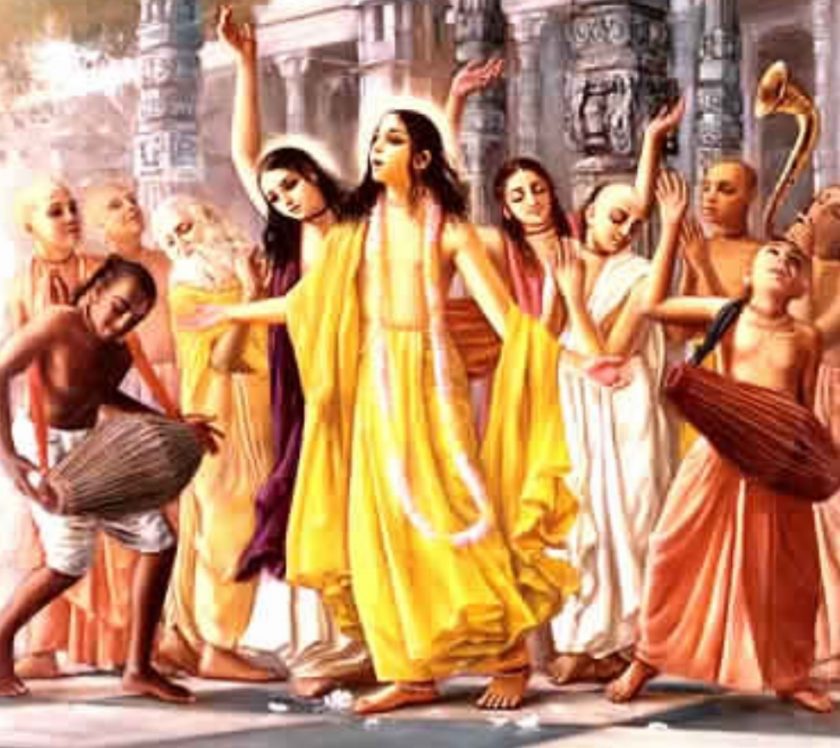
Chaitanya
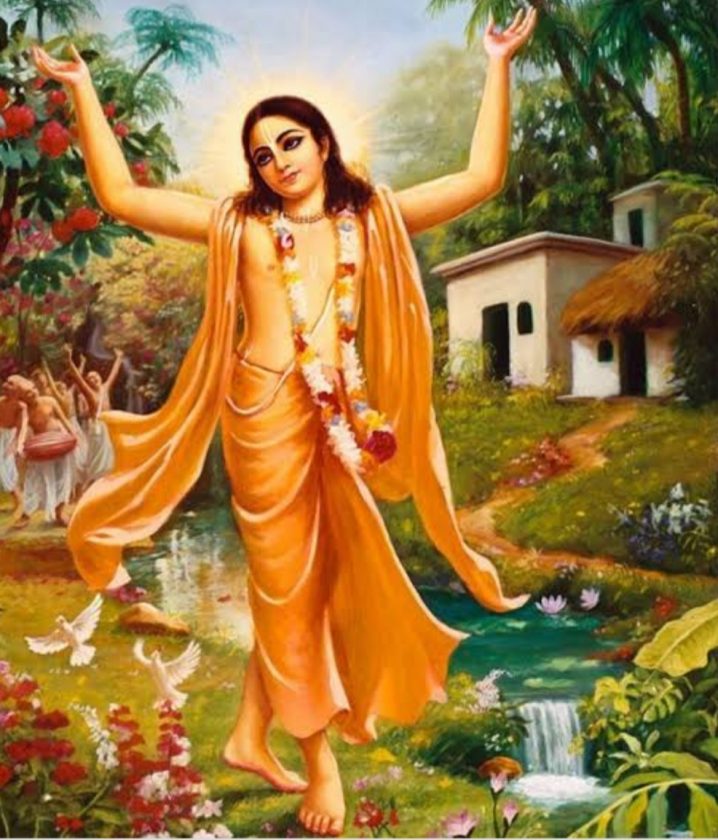
He was regarded as one of the prominent preachers of Bhakti movement. At a young age of 25 he gave up worldly pleasures and involved himself in devotion of god. He travelled all over the world and advised people to dissolve in the worship of lord Krishna. His simple yet virtuous aura attracted followers towards him. He preached people that lord Krishna is present in every human being so respect others without expecting in return. He was against the concept of caste system and loved people irrespective of belonging to any strata of society. He told people to utilize their devotion in worshipping god instead of demeaning other people’s god and sacred scriptures. He also preached Vaishnavism ie worship of lord Vishnu having various avatars.
Guru Nanak
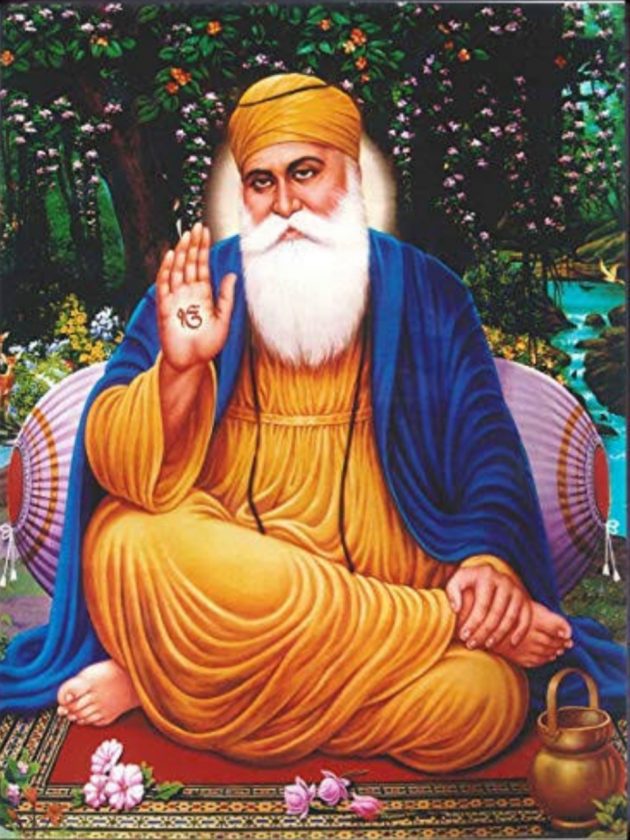
He was another saint of Bhakti movement, who was a follower of Sant Kabir. He was only 27 when he met Kabir and after learning from him for a considerable amount of time, at 30 he renounced his worldly life and become a saint. He was the founder of Sikhism, highly impacted by Muslim sufism. His teaching about god was that he is shapeless and featureless. He believed Hari, Ram, Allah and Khuda to be one and the same and spread this message among his followers in Punjab. He told people that the most vital goal of a human being is to unite with god and fully commit themselves to him. Nanak’s lovely character and meaningful teachings made him an important figure among the masses.
Meera bai
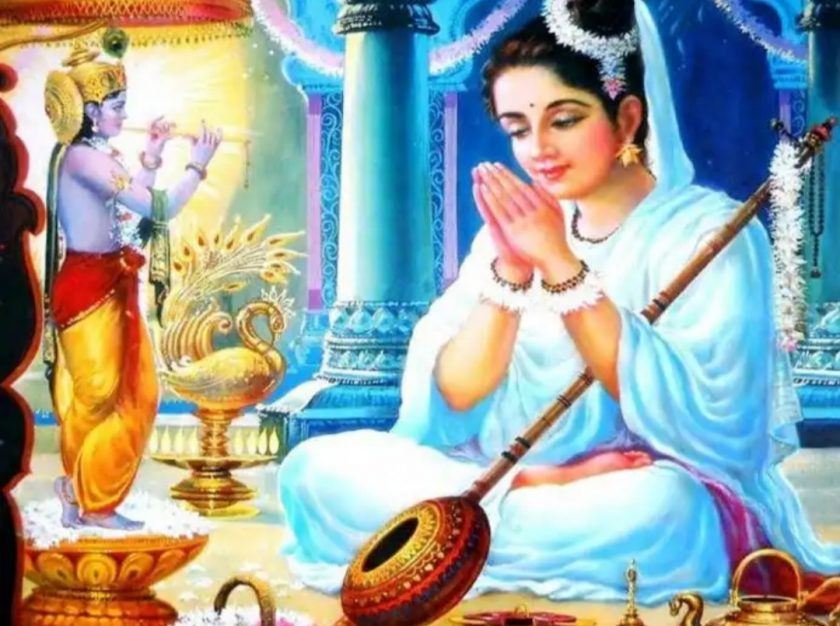
Meera bai is considered to be a passionate devotee of Lord Krishna and gave up her whole life in his devotion. She believed that no barriers of caste, age or gender can distance others from having companionship with lord Krishna. Her crazy yet pure devotion towards Lord Krishna gave her the recognition of ” Prem Deewani” and attracted vast range of sages from faraway places to Chittor. She was always occupied with meditation, singing and dancing for Krishna whom she took up as her husband. Meera said that the only means of encountering holy attendance is by constantly being busy in bhakti and when the lord is united there is no possibility of detachment. Meera did not spread her opinions or views to the world but rather maintained and carried forward the Bhakti movement. Her ultimate desire of life was to get dissociated from the cycle of human birth and rebirth and be the servant of Lord Krishna, a divine being.
Tulsidas
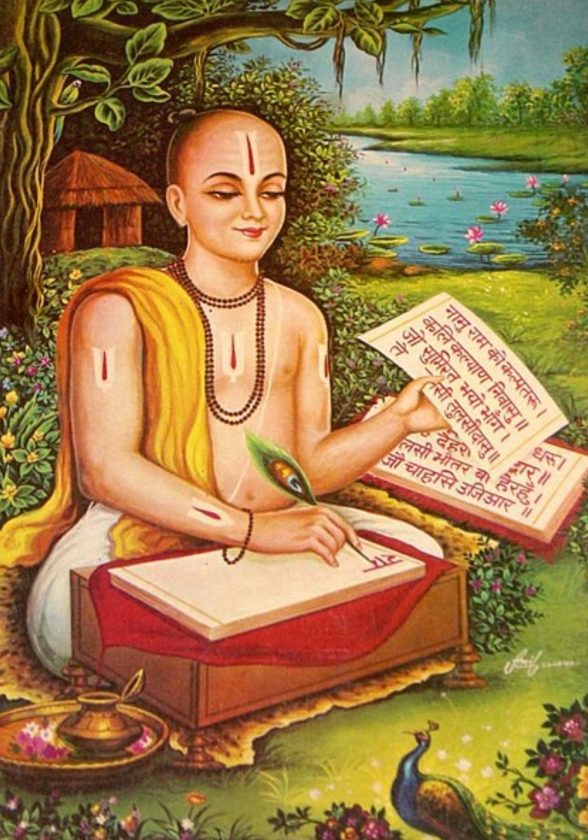
He was a devotee of Lord Rama and writer of Ramacharitramanasa, a renowned scripture of Ramayan. It is believed that he renounced the worldly life due to his wife’s taunt. Though being a great follower of lord Rama he never made any religious group rather influenced people to love God and other human beings. He foregrounded on consciousness, faith, prayers and reverence. According to Tulsidas, lord Rama was a divine and compassionate soul. He considered him as one of the avatars of god. He believed Lord Rama can be attained only by means of Bhakti and worship. Tulsidas has a name of being the supreme human being of his era because of his great influence on millions of men and women in the society.

